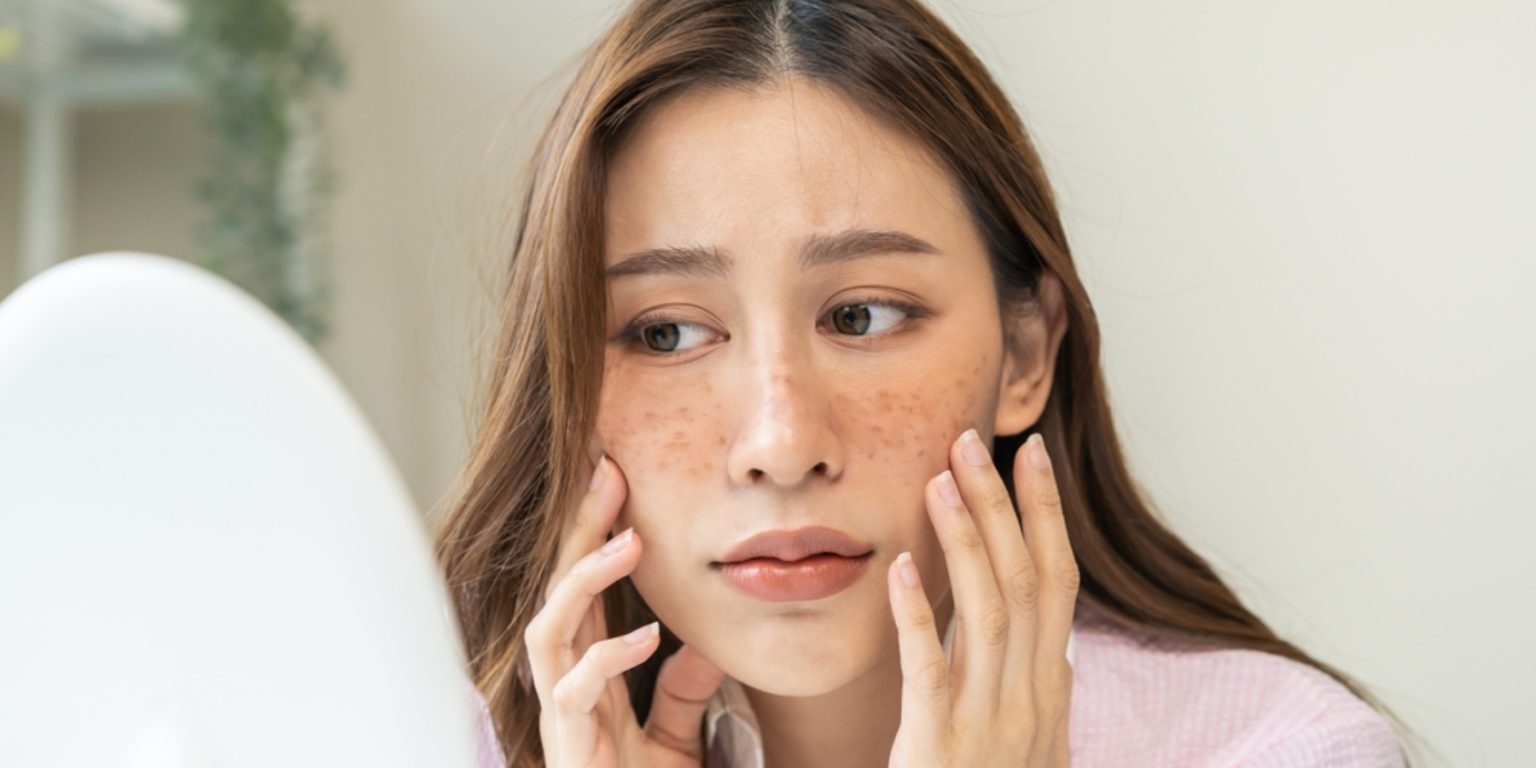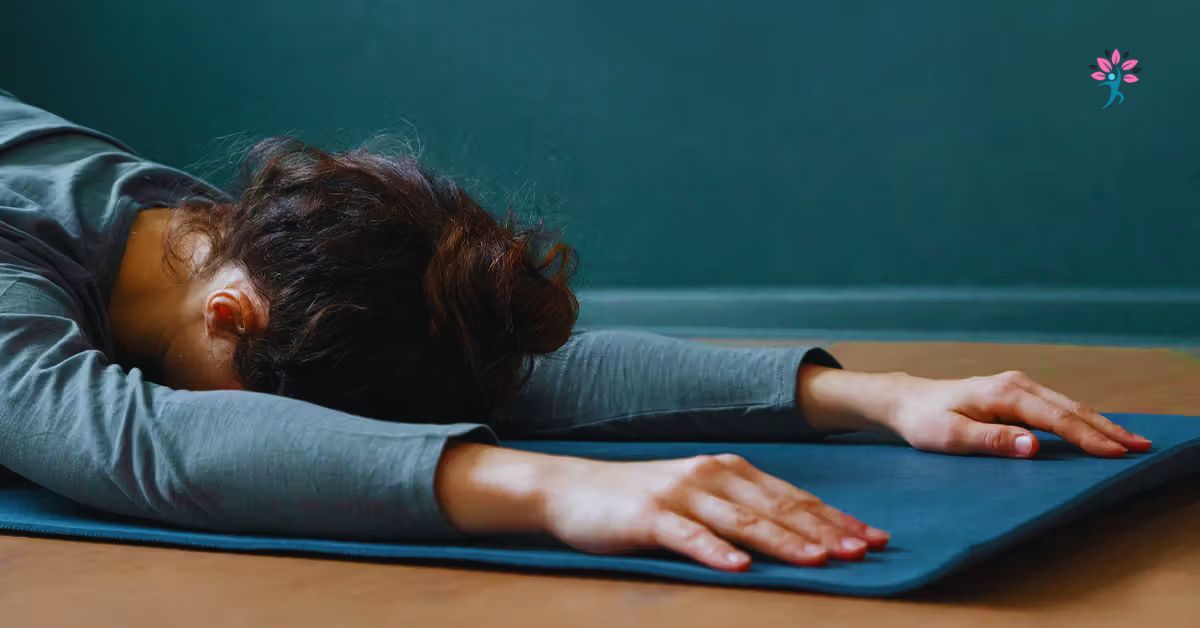I’ll bet you’ve stared at your reflection on a humid morning, noticed those brownish patches creeping across your cheeks, and felt a twinge of panic. I’ve been there—curled up under my desk fan, worrying that every sunbeam was darkening those stubborn spots. If you’ve wrestled with melasma, you know it can sneak up on you, turning a carefree beach day into a self‑esteem hurdle. But don’t worry: with the right moves, you can keep those brownish blotches at bay and actually enjoy your summer.
What Is Melasma?
To kick things off, let’s get clear about what melasma actually is. In plain speak, it’s an overproduction of pigment—those melanin cells go into overdrive, leading to patches that range from light tan to deep brown. Women in their 20s to 40s often notice it first, especially if they’ve been on hormonal birth control or pregnant. But guys aren’t immune; I had a buddy, Carlos, who saw the first signs after switching to a new supplement.
Sun exposure is the main culprit, but genetics, hormones, and even certain skincare products can nudge it along. Unlike a one‑off sunburn, melasma tends to linger and can flare up repeatedly. Knowing exactly what you’re up against is half the battle.
Why Melasma Loves Summer
Ever notice how your melasma seems to flare up the moment the days stretch longer? That’s no accident. UV radiation spikes, your skin’s melanin factories go into overdrive, and before you know it, those brownish spots look darker and more defined. But sun exposure isn’t the only game in town. Heat, sweat, and even reflection off water or pavement can sneak extra UV your way.
Risk Factors You Shouldn’t Ignore
Some of us are hard‑wired for melasma. Here’s what tips the odds:
- Hormones
Pregnancy (“mask of pregnancy”), birth control pills, or hormone replacement therapy can all trigger pigmentation surges. - Genetics
If your mom or sister has it, you’re more likely to see patches pop up. - Skin Type
Medium to darker skin tones have more active melanocytes, so pigment shifts show more prominently. - Medications & Fragrances
Certain antibiotics, anti‑seizure drugs, or scented skincare can make skin more photosensitive. - Existing Skin Concerns
If you’ve dealt with acne scars: what’s the best treatment?, you’ve already danced with uneven pigment. Adding melasma to the mix can feel extra frustrating, but knowing your history helps you act smarter.
1. Shield Your Skin with Broad‑Spectrum Sunscreen
If you splurge on nothing else this season, invest in a mineral‑based sunscreen with SPF 30 or higher. I’m talking zinc oxide or titanium dioxide—those physical blockers sit on top of your skin and literally bounce UV rays away. Creamy or tinted formulas work wonders on uneven tones, too. Every morning, treat sunscreen like toothpaste: non‑negotiable.
2. Reapply Sunscreen Religiously
One layer of sunscreen isn’t enough—especially if you’re sweating through a spin class or splashing around in the pool. Set a timer on your phone for every two hours. No, it’s not overkill. I learned this the hard way when my trusty SPF 50 faded by lunchtime, and I ended up with a darker crescent on my forehead.
3. Seek Shade and Wear Protective Clothing
When the sun’s power peaks between 10 a.m. and 4 p.m., get strategic. Stroll under a wide‑brimmed hat, park yourself beneath an umbrella, or throw on a breezy long‑sleeve shirt. Just as I explored in Heat Rash Prevention and Treatment, covering up can be your skin’s best defense—no sunscreen gimmickry required.
4. Incorporate Antioxidant‑Rich Serums
I’ve tried dozens of vitamin C serums, and the ones that deliver a real glow tend to keep pigment‑forming enzymes in check. (My top pick? A stable, well‑formulated L‑ascorbic acid.) Apply it under your moisturizer—think of it as a little armor against sun‑induced free radicals. It’s not magic, but it sure feels like it when your complexion starts looking more even.
5. Opt for Gentle Exfoliation
To be honest, over‑scrubbing can backfire, making melasma darker. Instead, slip in a mild chemical exfoliant once or twice a week. I’m talking about AHAs like glycolic or lactic acid—not the gritty, sand‑style scrubs. Pair it with soft double‑cleansing in the evenings to sweep away sunscreen and makeup without stripping your skin’s barrier.
6. Stay Hydrated Inside and Out
Dehydrated skin craves oil production, and that imbalance can aggravate pigmentation. Beyond gulping water, try soothing sheet masks or misting toner to top up moisture throughout the day. A quick “body care” session—think aloe‑based gels or hyaluronic acid sprays—goes a long way when the air turns sticky.
7. Mind Your Nighttime Routine
Ever slept past your alarm and missed your nightly skincare ritual? Guilty here. Skipping your nighttime routine gives pigment a chance to set up shop. Use a gentle retinoid or peptide cream to boost cell turnover. And hey, if you’re curious about deeper self‑care and mindfulness strategies, check out venzec.icu—there’s a treasure trove of guides waiting.
8. Don’t Overlook Your Pillowcases
You wouldn’t think your sheet choices matter, but hear me out. Oils, sweat, and leftover product can transfer onto your pillow, then back onto your face while you snooze. Swap to clean pillowcases at least twice a week. Remember how a small change like fresh pillowcases can transform your skin? It’s absolutely worth the extra laundry load.
9. Tackle Trigger Foods and Supplements
Spicy dishes, excess dairy, and some herbal supplements can increase sun sensitivity. If your brown patches flare after a curry night, take note. Consider cutting back or swapping ingredients—mild salsa instead of the extra‑hot stuff, for instance. Your gut and your skin are in constant conversation, so feed them wisely.
10. Address Related Skin Concerns Proactively
Let’s face it: once you’re vigilant about melasma, you start spotting other issues too. Meanwhile, stubborn little skin tags might seem harmless but can steal your confidence. Tackle these concerns with targeted treatments so your skin’s overall tone and texture stay harmonious.
Pulling all these tips together doesn’t require a complete life overhaul—just a few smart swaps and consistent habits. Summer’s meant for laughter, ice‑cream cones, and sunlit adventures, not for fretting over dark patches in every snapshot. Keep these strategies in your back pocket, and you’ll find yourself relaxing into the season, not hiding from it. Remember: a little vigilance today pays off in brighter, more even skin tomorrow.










Leave a Reply